25 Essential Grindcore Albums
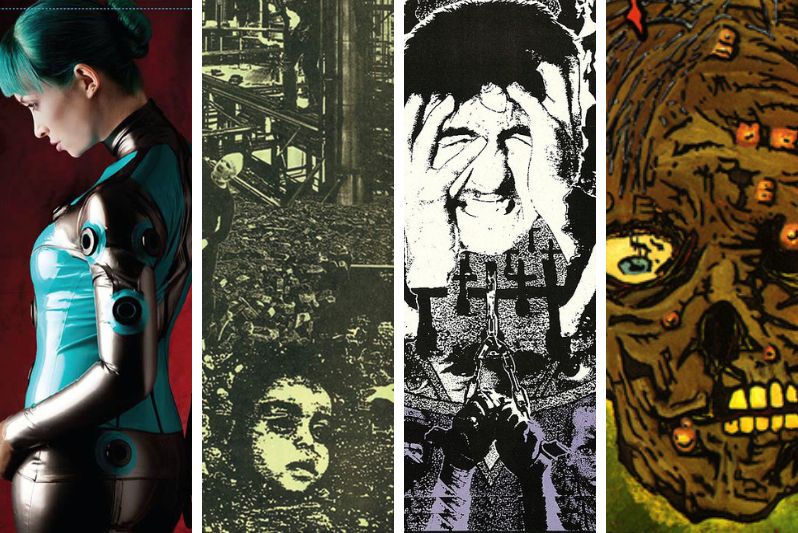
Thirty-five years ago, a band of Birmingham crust punks changed the course of metal history. Formed in May 1981 (before I was born!), Napalm Death made their first noises as an anarchopunk band who’d come to issue a series of cassette demos and early EPs throughout the early to mid ’80s. They knew how to play fast and loud, which is a good start for when you want to push metal and hardcore to its most extreme sounds. By 1987, that sound had crystallized on the band’s debut album Scum. And with its release, grindcore was born.
Grindcore is extreme metal. It’s the very definition of it, faster and more aggressive and simply more intense than any other form of metal that had come before it, and barring a few exceptions (the weird hybrid industrial/grind/black metal of Anaal Nathrakh, for instance) still the metal’s most extreme subgenre. And I’m talking musically extreme—surely death metal has more violent imagery (though Brujeria’s severed-head album covers are pretty fucked) and black metal is more infamous culturally, but grindcore on the stereo sounds like it’s going to drill holes through your frontal lobe. It’s fast, short, uncompromising and destructive.
The fact that grindcore songs can be absurdly short—30 to 90 seconds on average—means that it’s also the subgenre that probably can be the hardest to get into (I have no real stats here, but this all intuitively sounds right). Grindcore blurs by in a manic hurricane that hits you and knocks you on your ass, and it’s over before you even know what happened. That doesn’t mean there’s not a lot to dig into and enjoy, or even savor. In fact, some of my favorite metal albums of all time have some of the shortest songs. (Some also have 10-minute tracks, there are no hard and fast rules here.)
As grindcore sails well into adulthood, we offer a guide to the best grindcore albums—a highly subjective measure, certainly, but one that’s been road and earbud tested. Hierarchies can be tricky with such extreme sounds, so they’ve been presented in chronological order. Brace yourself, and turn it up.
Note: When you buy something through our affiliate links, Treble receives a commission. All albums included are chosen by our editors and contributors.

Napalm Death – Scum (1987)
The Rosetta Stone of grindcore. This is the key to unlocking the secrets of the most extreme of metal subgenres. The sheer rawness of it means that there are a handful of songs where it’s unclear what the hell is going on, but that doesn’t mean it’s not barrels of fun. More like barrels of TNT, though; most of these tracks are super short, super aggressive, and half feature a young Justin Broadrick before he founded Godflesh. Turns out he prefers a slower approach, but this is a must-listen for any and all metal fans. All of one second of “You Suffer” is necessary to feel the raw power of the band’s fuck-all full-frontal assault, but the album as a whole is a marathon of obliteration. A masterpiece of aural wreckage.
Listen/Buy: Bandcamp | Merchbar (vinyl)
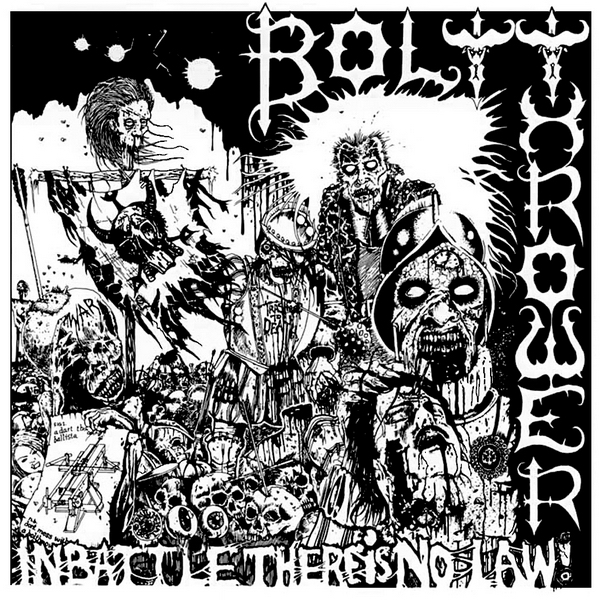
Bolt Thrower – In Battle There Is No Law! (1988)
Bolt Thrower’s 1988 debut album, much like Carcass’ first few releases, sits on the cusp of grindcore and death metal, a raw, bulldozing set of rippers with riffs to spare. By and large, In Battle There Is No Law! adheres to similar principles that govern Bolt Thrower’s discography at large, particularly the toxic-cloud distortion tone that they perfected early on and made their signature. But In Battle is just a little faster, a little more chaotic, a little more willing to double down on every extreme possible in the name of making one hell of a ruckus.
Buy: Merchbar (vinyl)
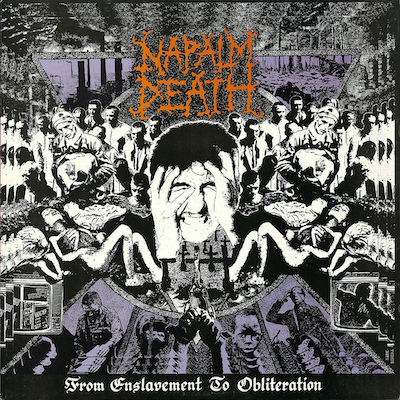
Napalm Death – From Enslavement to Obliteration (1988)
Napalm Death’s lineup hadn’t yet solidified into something resembling permanence on their second album—longtime vocalist Barney Greenaway wouldn’t join the group until after this album was released, nor would longtime guitarist Mitch Harris, making bassist Shane Embury the only member that’s still with the group today. However, Carcass guitarist Bill Steer is on board for this album (as he was on side two of Scum), lending his sharpened battleaxe riffs to the group’s sound, which is sharper and more focused than on their debut, not leagues apart necessarily but still showing progression beyond the short, sharp and gnarly AF approach of that record. It’s in highlights such as “Mentally Murdered” where the band shows the greatest amount of growth, teetering on the edge of death metal while maintaining the hardcore edge and ferocity that sets it apart.
Listen/Buy: Bandcamp | Merchbar (vinyl)
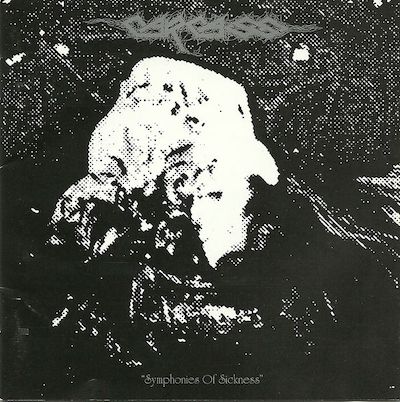
Carcass – Symphonies of Sickness (1989)
Goregrind pioneers Carcass briefly shared a member with Napalm Death in Bill Steer, making them not only peers but rather sibling bands of sorts. They even initially took on a similar evolution, each band sharpening their musicianship by their sophomore releases and hewing ever closer to death metal proper in doing so. On Symphonies of Sickness, Carcass hadn’t yet fully made the transformation into a deeply groove-heavy form of death metal that defined their 1991 masterpiece Necroticism, but their deathgrind approach is more refined, varied and versatile than the convulsions of their debut, Reek of Putrefaction. Their hybridization of death metal and grindcore is at once fluid and innovative, a masterful balance of creeping horror and hack-and-slash destruction.
Listen/Buy: Bandcamp | Merchbar (vinyl)
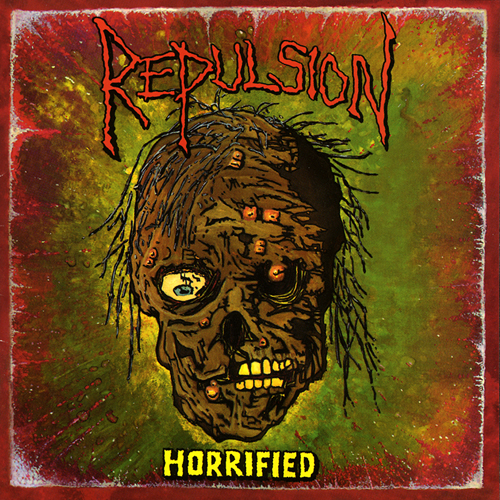
Repulsion – Horrified (1989)
The 29 minutes of Repulsion’s Horrified represents one of the first great triumphs in American grindcore. The Flint, Michigan group’s 1989 debut (and sole full-length) nips at the edges of death metal and thrash metal, but pummeling with a ferocity that neither at the time had quite achieved (though death metal would certainly get much more brutal). There’s a tunefulness on much of Horrified that sets it apart as instantly memorable on a song-by-song basis, made even more blistering through Matt Olivo’s blazing guitar solos. Not to mention several of the track titles here inspired names of bands that Repulsion inspired (Black Breath, Acid Bath). Compared to the precision edges of their California counterparts in Terrorizer, Repulsion played looser and nastier, more baseball-bat bruising than razor sharp.
Listen/Buy: Bandcamp | Merchbar (vinyl)

Terrorizer – World Downfall (1989)
Los Angeles’ Terrorizer arrived just shortly after Napalm Death, but they took grindcore a few steps closer to death metal proper. Drummer Pete Sandoval actually joined Morbid Angel after this was recorded, just to boldface that line. World Downfall is cut from a similar cloth as Scum, but its edges are sharper, its riffs more jagged, its attack more direct. The production gives it a punchiness that makes each track, no matter how brief, feel more fully realized. Grindcore isn’t necessarily about the songs in every case, but Terrorizer had some great ones.
Listen/Buy: Bandcamp | Merchbar (vinyl)
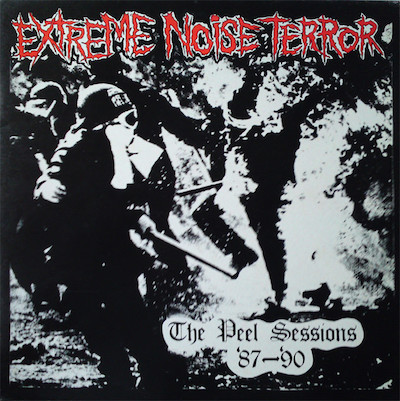
Extreme Noise Terror – The Peel Sessions ’87-’90 (1990)
Extreme Noise Terror emerged around the same time as Birmingham’s Napalm Death, but the Ipswich group took more influence from crust punk and hardcore in their approach—still recklessly fast and intense, but with a sharpened songwriting sensibility. Yet Napalm Death proved the more prolific band from the get-go, delivering two albums and five EPs by the time Extreme Noise Terror delivered their first LP. All the same, it’s their Peel Sessions compilation from 1990 that best captures the manic energy and incendiary approach of the group, their live-in-studio performances showcasing the kind of sonic butchery they do best.
Listen: Spotify

Naked City – Torture Garden (1990)
The same year that John Zorn debuted Naked City, the eclectic and experimental saxophonist and composer delivered an album of grindcore proper under the Naked City name. Cut from a similar cloth as the project’s stylishly twisted debut, Torture Garden is far more brutal and chaotic, comprising songs with titles like “Jazz Snob Eat Shit” and “Sack of Shit,” as well as some reprisals of moments on its predecessor, like “Fuck the Facts” (which gave another band on this list its name). But where the first Naked City was more free-jazz noise freakout, Torture Garden features genuine grindcore riffs on tracks like “Hellraiser,” juxtaposed with fleeting moments of actual jazz.

Nuclear Death – Bride of Insect (1990)
Sharing the same initials and penchant for total sonic destruction as their peers across the Atlantic, Phoenix’s Nuclear Death delivered a particularly manic and disorienting take on deathgrind with second album Bride of Insect. Guided by the ghoulish growls of Lori Bravo, Nuclear Death kicked up the kind of noise storm that was perhaps precision-crafted but often sounded to the listener like an impenetrable wall of sound. Tracks like “Stygian Tranquility” and “Place of Skulls” are far more dense and harrowing than any black metal band would produce a half-decade later, the consistency of their guitar tone something like toxic molasses. There’s a charmingly lo-fi sensibility to Bride of Insect, right down to the ballpoint pen cover art, but it’s hard to imagine a more pristine production being able to melt faces like this could.
Listen/Buy: Bandcamp

General Surgery – Necrology (1991)
Sweden’s General Surgery drew heavily from the same school of medical-textbook gag-reflex hijinks as Carcass on their acclaimed 1991 EP Necrology, but with an added element of inhuman growls belched forth from Grant McWilliams. Brief enough to fit on a 7-inch, Necrology is raw deathgrind at its purest—vintage disgusting fun with one foot each in hardcore and death metal, with more groove to go around than most of their predecessors at the time. The group split up before this was released though they reconvened eight years later and have been at it ever since, making this brutal early offering something of a tease, but one that’s paid off ever since.
Listen/Buy: Bandcamp
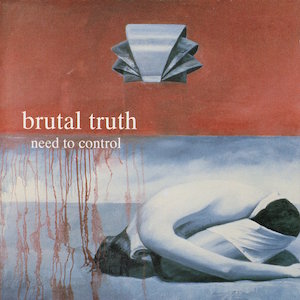
Brutal Truth – Need to Control (1994)
The slow lurch of “Collapse,” the opening track of Brutal Truth’s Need to Control, offers the false suggestion that the New York bruisers’ second album isn’t the manic sprint that its predecessor was. That, of course, isn’t the case, and once “Black Door Mine” takes off, there’s no outpacing the band’s adrenaline-fueled race to oblivion. What set Need to Control both apart from Brutal Truth’s death metal and grindcore contemporaries alike is their versatility, the band’s ability to transition between moments of torture-chamber churn and machine-gun blast hardcore alike. Each shift comes with its share of unexpected thrills, whether in the form of Eyehategod’s Mike IX Williams lending guest shouts to a cover of The Germs’ “Media Blitz,” the use of didgeridoo on the noise-rock standout “Godplayer,” or the sheer dissonance and hostility of “Displacement.” Whatever further extremes Brutal Truth would pursue—and they most certainly were extreme—on Need to Control they found a balance between death metal’s lumbering menace and grindcore’s cacophonous slaughter that few have managed to pull off so well.
Listen/Buy: Bandcamp | Merchbar (vinyl)
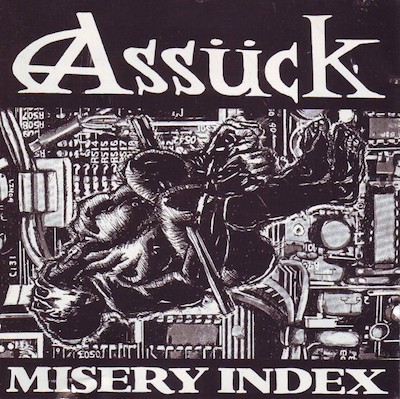
Assück – Misery Index (1997)
Generally speaking, grindcore exists within the realm of punk—specifically hardcore, but cranked up to unreasonable levels of intensity and mayhem. The over-the-top imagery and affinity for gore might suggest otherwise, which makes it somewhat novel that Florida’s Assück—despite being a band that could play infernal rings around just about any American punk band in the 1990s—still scan as punk as much as they do grindcore. Credit that to their leftist politics and Xerox-copy artwork, perhaps, but filtered through instrumental abilities that still sound like some kind of inhuman witchery 25 years later. Though Misery Index was the group’s final release before bowing out, it stands as a document of grindcore at its gimmick-free best.
Listen/Buy: Apple Music

Discordance Axis – The Inalienable Dreamless (2000)
Discordance Axis is a bit different than the prototypical grindcore band. For one, they favor shrieks over growls (mostly), with a piercing noisecore undercurrent throughout all of this millennial masterpiece. It feels less sweaty and muscular than grindcore often is, instead the New Jersey group streamlining their sound to a technologically advanced, yet somehow supernatural perfection.
Listen/Buy: Bandcamp | Amazon (vinyl)
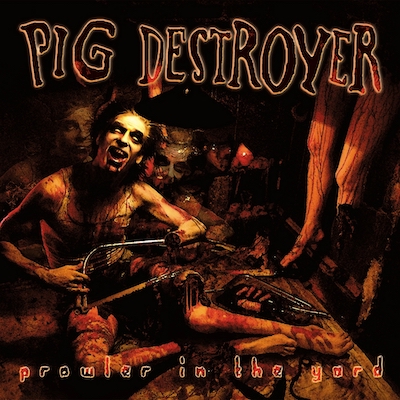
Pig Destroyer – Prowler in the Yard (2001)
There are arguments for just about all of Pig Destroyer’s albums being worthy of placement in the canon of grindcore (except for Head Cage, which is really more of a groove/death metal album), but Prowler in the Yard is simply the most grindcore. As a band whose stylistic blend has set them apart from many of their contemporaries, Washington, D.C.’s Pig Destroyer didn’t stay in one place very long—and even as their opening shot of rapid-fire mayhem, Prowler in the Yard takes some pretty unexpected diversions: noise rock, mathcore, even a disturbing spoken-word story read by a computer voice. But Prowler in the Yard, disgusting horror illustration cover art and all, is an exercise in extremes, not merely the speed or ferocity with which they deliver these 21 tracks, but the sheer amount of ground they’re able to cover in such a relatively short span of time.
Listen/Buy: Bandcamp | Merchbar (vinyl)

Nasum – Helvete (2003)
Swedish grindcore MVPs Nasum (pronounced “gnaws ’em”) didn’t last long—their vocalist Mieszko Talarczyk sadly died in 2004 during the Tsunami that hit Thailand. But in their dozen years together, they made some outstanding progressive—and accessible!—grindcore. Helvete is remarkably catchy for a grindcore album. Though they do 30-second explosions of unrelenting fury quite well, they also pull of Converge-style hardcore anthems, one of the strongest of which is “Stormshield,” which is not only catchy but actually features some tasteful use of clean-tone guitar. Though Scum is arguably the first grindcore album anyone should listen to, I’d argue this is even more likely to be a gateway album.
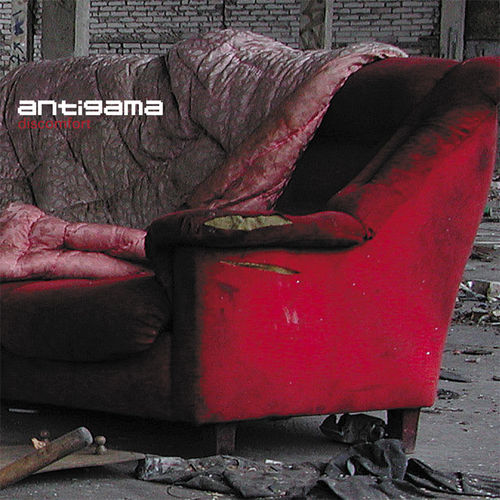
Antigama – Discomfort (2004)
Poland’s Antigama are prolific to a degree that few bands can ever hope to keep up with—in the last 20 years, they’ve released 29 albums, EPs and splits, which makes singling out one specific standout a fool’s errand. Or it would, if Discomfort weren’t the absolute monster of a listening experience that it is. They’re an irreverent bunch (they’re grindcore, of course they are) with track titles like “Stupid Fuck” and “Shit from Arse,” but keeping a straight face is a secondary concern to the slash-and-burn badassery of moments like the bloodthirsty grooves of “Who’s My Enemy?”, the rhythmic acrobatics of “This Structure Is Tight” and the cybernetic fuckery of “Try.” The greatest thrills on Discomfort come from how unpredictable it is, rarely opting for a straightforward approach when forays into cybergrind, noise rock and lightning tech-grind would only prove far more interesting.
Listen/Buy: Bandcamp

Pig Destroyer – Terrifyer (2004)
On a purely musical level, Terrifyer has so many layers and so much depth for a grindcore album that it almost occupies its own unique genre space. There are elements of noise rock, death metal, hardcore, etc., and vocalist J.R. Hayes’ lyrics are, while sometimes grotesque, more vivid and poetic than the typical grindcore violence-fest, with influences taken from William S. Burroughs, Nick Cave, Springsteen and others. All the best aspects of this album can be heard in standout track “Gravedancer,” which has one of the heaviest grooves on the album, but also ends with a minute of disturbing muffled screams that could either be a poorly recorded theatrical rehearsal or something more sinister. If you find yourself drawn to both, then this album is for you too.
Listen/Buy: Bandcamp | Amazon (vinyl)
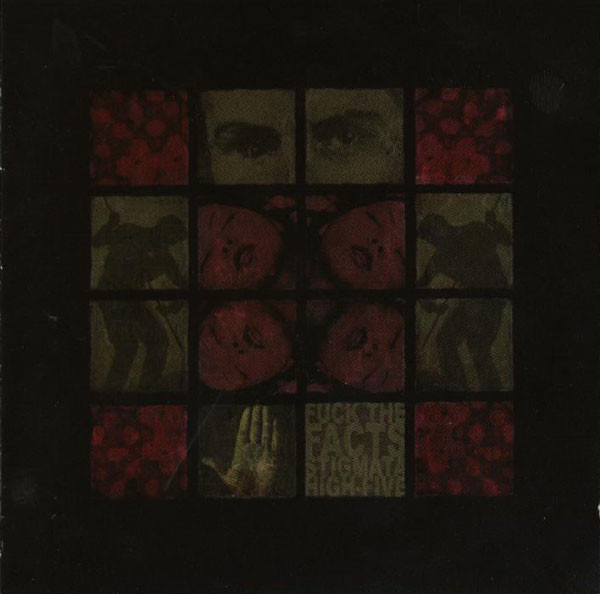
Fuck the Facts – Stigmata High-Five (2006)
The discography of Quebec’s Fuck the Facts is ample and remarkably consistent, on up to their excellent 2020 album Pleine noirceur. But the band’s performance on Stigmata High-Five, a relatively early standout of their career, finds every element working in violent harmony, from Mel Mongeon’s superhuman barks and growls to the group’s knotty and labyrinthine arrangements. It’s not often that a grindcore album will feature only seven songs—let alone less than a couple dozen—but Fuck the Facts run marathon sprints. When they’re pulling off the kinds of progressive acrobatics and moody interludes of “La Derniere Image,” they’ll need all seven minutes for everything to run its course.
Listen/Buy: Bandcamp

Insect Warfare – World Extermination (2007)
Houston’s Insect Warfare released a lot of material in their 13 years together, but somehow only one full-length. That’s hardly a problem when they come out of the gates this strong, delivering a furious set of 60-second rippers with no frills or pretense, just unrelenting surges of riffs, rhythmic blast and some choice moments of mosh pit mayhem. What’s most remarkable about it is how sharp and precise every edge is here, promising nothing less than danger and destruction at every turn, delivered with a surprising elegance.
Listen/Buy: Bandcamp

Genghis Tron – Board Up the House (2008)
Genghis Tron’s career has taken them from the intense cybernetic assault of 2006’s Dead Mountain Mouth to last year’s surprisingly melodic shoegaze-prog hybrid Dream Weapon. Yet the album that best showcases the breadth of their abilities, from skittering IDM electronics to progressive rock dramatics to landmine grindcore blasts is 2008’s Board Up the House. It’s arguably an album without genre entirely, grindcore being just one part of the band’s nauseating swirl of sounds and surgically precise violence. But it’s a pretty important part, the showstopping headliner in a festival of mayhem.
Listen/Buy: Bandcamp | Merchbar (vinyl)

Dead in the Dirt – The Blind Hole (2013)
The sole full-length that Atlanta’s Dead in the Dirt released during their six-year career, The Blind Hole is a raw, face-ripping hybrid of crust-punk, grindcore and powerviolence that leaves little room for anything other than their grimy program of wreckage. A fair number of the tracks on The Blind Hole either never make it to 30 seconds or just barely clear that milemarker, but the potency of their approach makes up for its brevity—this is grindcore, after all, it’s not generally within humans’ ability play at powerdrill speed for minutes on end (unless you’re Fuck the Facts, apparently). But when they allow themselves to stretch out just a little bit, Dead In the Dirt showcase a bit more groove, gallop and even doom metal brooding.
Listen/Buy: Bandcamp
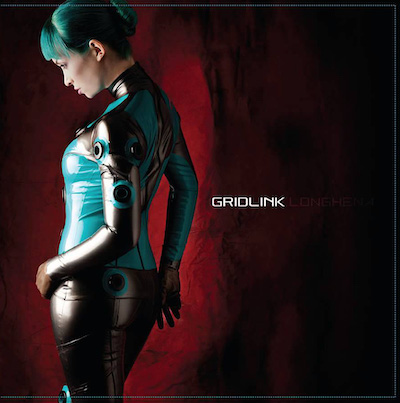
Gridlink – Longhena (2014)
Gridlink formed after the dissolution of Discordance Axis, featuring vocalist Jon Chang, carrying on the forward-thinking future-grind that the Hoboken, New Jersey group first put forward at the dawn of the millennium. Their progressive, melodically stunning take on grindcore reached its peak with 2014’s Longhena, an album that’s less about whirlwind chaos than the musicality that they can wring from such extreme speed and aggression. Guitarist Takafumi Matsubara’s guitar work steals the show throughout, delivering a set of rippers that are frequently hypnotic, sometimes even beautiful in their hybrid of visceral assault and breathtaking composition. It’s as mesmerizing a set of grindcore eruptions as you’ll ever hear.
Listen/Buy: Bandcamp
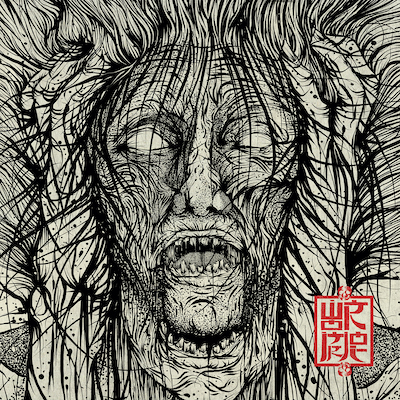
Wormrot – Voices (2016)
Singapore’s Wormrot has been one of the more consistently inspired groups in extreme metal over the past decade, which they refined nearly to perfection on Voices. The group’s third album is emotionally raw to the point of approaching screamo, but the sheer precision of their attack keeps it from ever veering too far in that direction, though they apply their approach in consistently unconventional ways. For one they embrace melody openly and creatively, whether applying grungy riffs to “Buried the Sun,” injecting a Converge-like forward momentum to “Hollow Roots” or even giving the slightest hint of shoegaze in “Oblivious Mess.” Though there’s value in the grindcore album that blows by in a toxic blur, Voices is anything but that—a consistently entertaining and stunningly crafted entry in a discography that’s still going strong.
Listen/Buy: Bandcamp | Merchbar (vinyl)

Cloud Rat – Pollinator (2019)
A grindcore band will sometimes save space at the end of their typically brief albums for a doom metal song, and sometimes they’ll even drop a 20-minute long sludge metal opus when nobody’s looking. But Michigan grinders Cloud Rat are the rare band who’ll supplement a full-length collection of blistering, breakneck hardcore with an EP of synth-laden darkwave. Do Not Let Me Off the Cliff was an interesting surprise, but even without the gloomy synth-pop bonus material, Pollinator itself would have stood apart from the grindcore pack. Taut and relentless as ever, Cloud Rat on their fourth full-length showcase the true breadth of their exercises in aggression, be they in the form of full-frontal face rippers, arpeggio laden art-metal anthems, gloomy sludge dirges or post-punk-influenced pit-starters. There’s nothing about Pollinator that feels traditional in the slightest, save for the idea of a band of road warriors using volume and sheer sonic power as weapons in a war for the soul. That’s punk as fuck.
Listen/Buy: Bandcamp | Merchbar (vinyl)
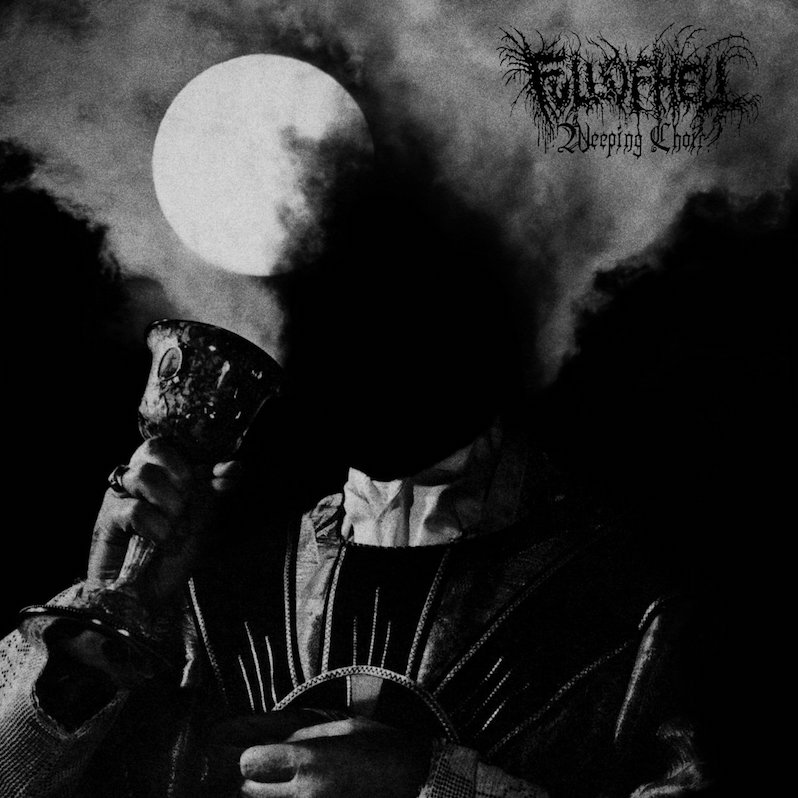
Full of Hell – Weeping Choir (2019)
A Full of Hell show I saw back in 2019 featured a pit with the widest radius I’d ever seen. That doesn’t necessarily mean everyone there participated—it looked kind of like a food processor, with the majority of people filling in the corners of the room while spinning blades of chaos whipped up a frenzy in the center. And though I steered clear of the bruising myself, albums like Weeping Choir tend to be exactly the kind of musical motivation needed to dive headfirst into a swirling mass of elbows and knuckles. Even more raw, visceral and destructive than the band’s 2017 album Trumpeting Ecstasy, Weeping Choir is all throttle, all needle-in-the-red mayhem, with occasional moments of noise-ridden doom and one noise-jazz saxophone solo. It ain’t subtle, but that’s not what Full of Hell is about. This is the album to reach for if you need 25 minutes of nothing but fucking shit up good and proper.
Listen/Buy: Bandcamp | Amazon (vinyl)
Treble is supported by its patrons. Become a member of our Patreon, get access to subscriber benefits, and help an independent media outlet continue delivering articles like these.
Jeff Terich is the founder and editor of Treble. He's been writing about music for 20 years and has been published at American Songwriter, Bandcamp Daily, Reverb, Spin, Stereogum, uDiscoverMusic, VinylMePlease and some others that he's forgetting right now. He's still not tired of it.


Thanks so much for this. Your metal lists are always outstanding
Brilliant list! Thanks.
If I may be so bold and throw in a couple of other bands I revere.
Narcosis (from Wigan, UK), they were incredible live, blisteringly fast! – Appreared on split EPs with the likes of Brutal Truth, Fuck The Facts, and Melt Banana
Clinging To The Trees Of A Forest Fire (USA), Ethan McCarthy’s band before forming Primitive Man. One of the heaviest grind bands I have ever heard.
Thanks!
Just wanted to point out that Godflesh was already formed in concept and practice (Fall Of Because which eventually became Godflesh) way before Scum was recorded. That’s how creatively restless Justin Broadrick is.